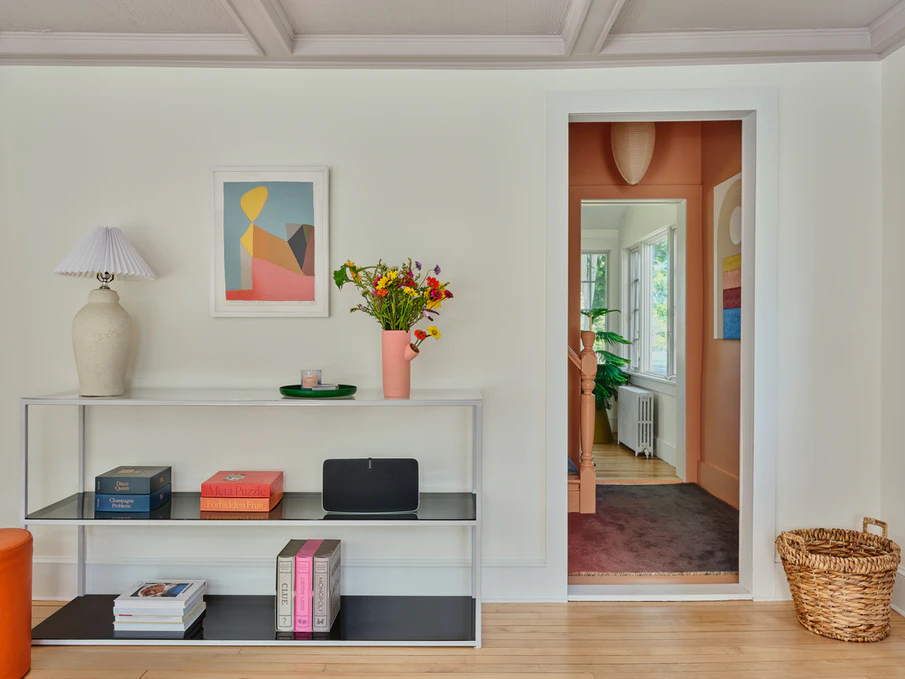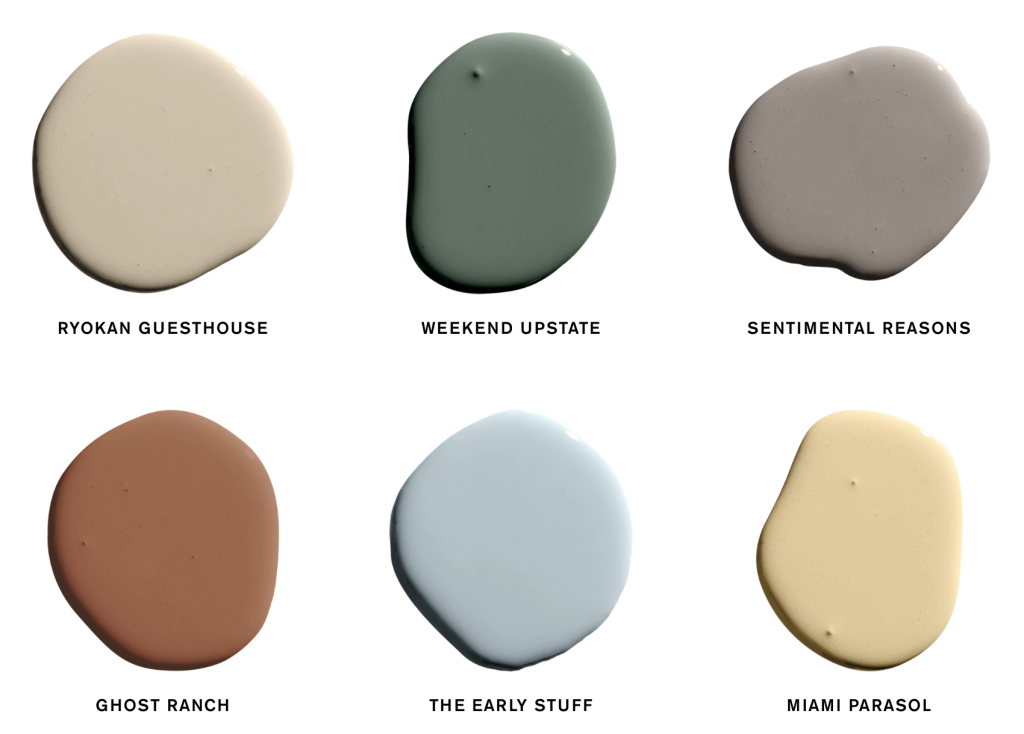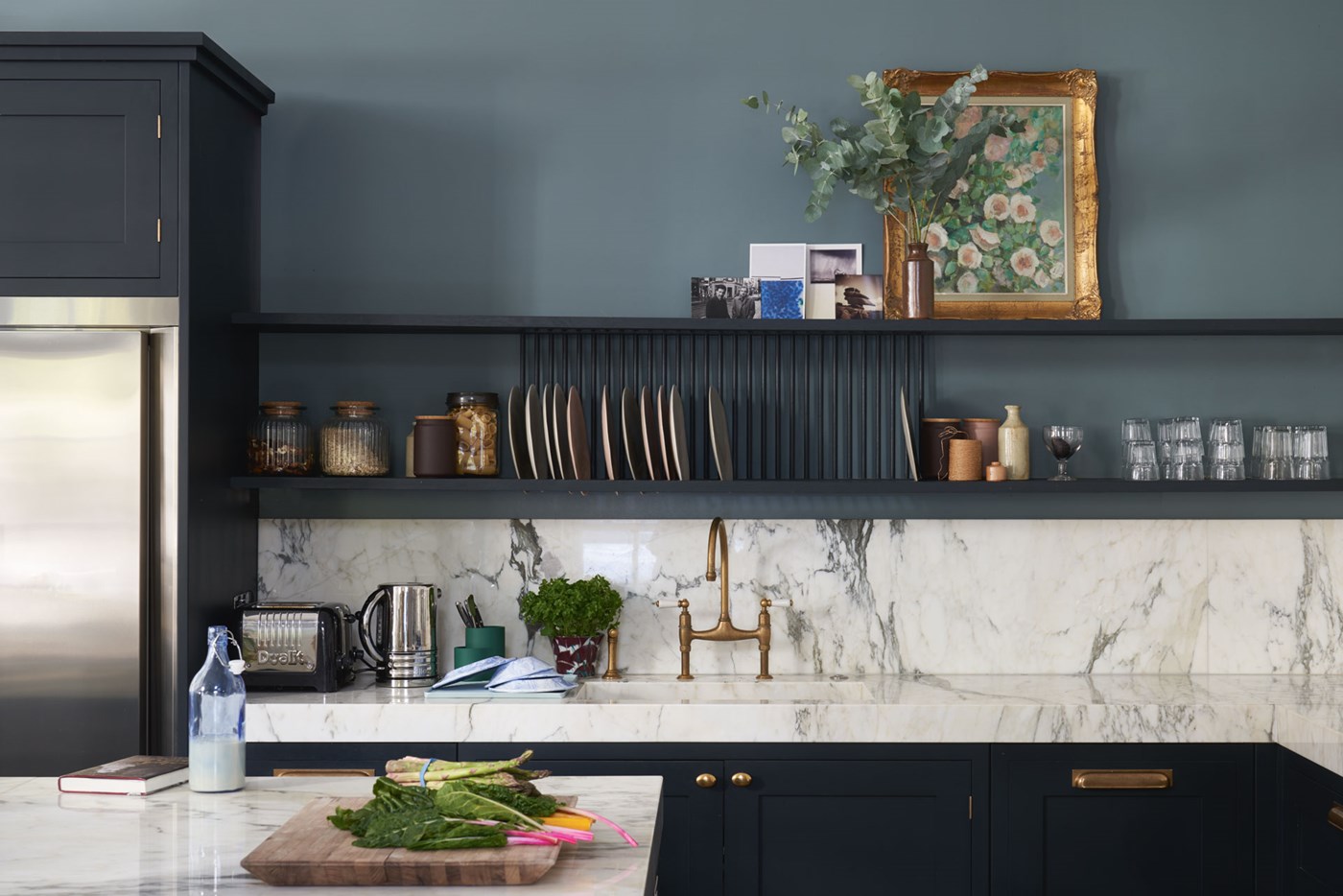A fresh coat of paint can make such a dramatic difference in any space. It can transform a room with the addition of vibrant colors and it can calm a space with a palette of neutrals. With paint being part of every room, it is so important to know the ingredients that are in the paint you use. Zero VOC paints are now the standard and with so many more eco-friendly options, it is hard to know how to pick the paint that is right for you. We’ve got you covered with our guide to eco-friendly paint.

When it comes to eco-friendly paint, the term “eco-friendly” mostly refers to how the paint affects the space indoors and not particularly the environment. As previously mentioned in our post on air purification, according to the EPA, Americans, on average, spend approximately 90 percent of their time indoors, where the concentrations of some pollutants are often 2 to 5 times higher than typical outdoor concentrations. Most of the pollutants come from VOC’s, varnishes, paint and furniture finishes inside the home. If not properly selected, paint can be the main contributor to the poor air quality in the very space where one should feel safe to breathe the air.
An article on Products, has some great information on eco-friendly paint and how to effectively find a paint that truly is eco-friendly. With their guide on labels to watch for, the process that is seemingly overwhelming, can become a bit more manageable. Below are three labels that are a great place to start:
- Greenguard Certification: The certification limits the amount of emissions a product can give off and has both a standard and gold level. Gold certification takes high-impact locations such as schools and chemically sensitive individuals into account.
- Declare Label: This label tells a buyer where a product comes from, what it is made of, and where it goes at the end of its life. With the label, builders can check if the product meets the California Department of Public Health (CDPH) Standard Method v1.1-2010 (or international equivalent) for all interior building products that have the potential to emit Volatile Organic Compounds.
- Green Wise: Green Wise Gold certificated products contain less than 5 grams VOC per liter, even after tinting with specified colorants.

With a bit more knowledge on how to navigate the eco-friendly paint labyrinth, now we can focus on the fun stuff! With more options than ever, finding the paint that is right for you is now a bit easier. To help jump start your search, here are a few of our favorites:
- Ecos Paints – For over three decades, they have been offering eco-friendly paint options that are non-toxic, VOC-free, water based and with no polyurethane odor.
- The Real Milk Paint Company – Offered in 56 unique colors, their paints are made with 100% organic ingredients, nontoxic, food contact safe, VOC free, and even biodegradable/compostable. They also have en eco-friendly powder paint available. Add water and voila!
- AFM Safecoat – Their products were originally made for physicians treating the needs of chemically sensitive patients. Now their products are available for homes, schools and offices to help eliminate toxic emissions from the air and in turn improving the indoor air quality around you.
- Clare – Their VOC-free paint is free of carbon-based solvents and they are Greenguard Gold Certified meaning their paint meets rigorous emissions standards, releases fewer pollutants, and supports healthier indoor air.
- Backdrop – Backdrop offers premium quality paints that are low-VOC, Green Wise certified, and produce little odor. The company is also Climate Neutral Certified.
You have great options to choose from. Now pick your color! What are you painting next? Let us know in the comments below!









